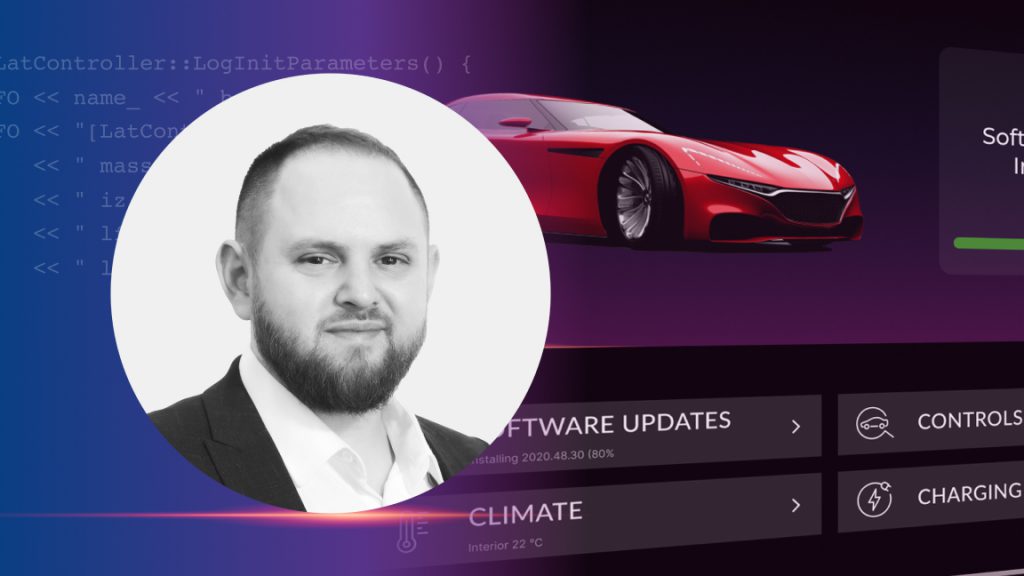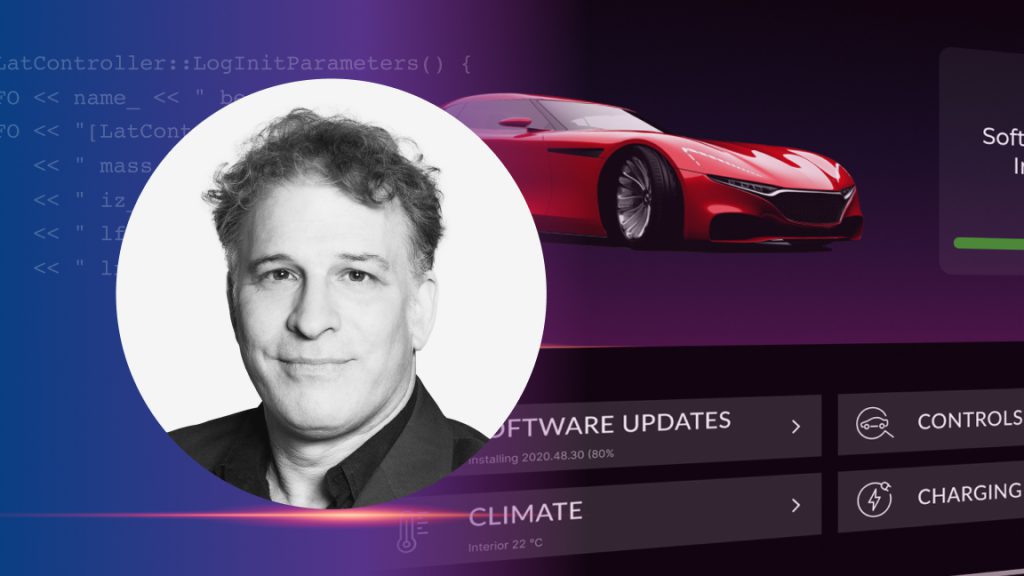For many years, software has been an enabler for hardware, but, increasingly, it’s becoming a source of revenue for automotive manufacturers. In fact, according to McKinsey, data-driven services could create up to $1.5 trillion in additional revenue for OEMs.
Profits on a new car are ridiculously tight, with many manufacturers making just 13-21% gross profit margin (GPM) on a car sale. These margins are squeezed even tighter thanks to supply chain disruption; increased steel, energy, and logistics costs; and more R&D spend. Compare this to the software industry, where the average GPM is 72.31%, and it’s no wonder OEMs are turning to software to boost margins. Many are already using over-the-air (OTA) updates to deliver new features to vehicles even after the initial sale.
One of the most well-known examples of this is Tesla offering acceleration upgrades to its vehicles with a simple update — for a fee, of course. But there’s potential here for other brands to follow suit, and many already are.
Giving more to customers
Adding new vehicle features via OTA updates will not only drive revenue to manufacturers but can improve customer satisfaction too. Drivers can add new functionality to their vehicles as need dictates or if they want to customize a used vehicle to their needs. But this is so much more than updating satellite navigation or adding new infotainment features, software gives OEMs the chance to update the functionality of the car itself through firmware updates.
This often includes small upgrades to improve the performance of a car, as in the case of Tesla. The Polestar 2 is another example, however, it gained 67 horsepower from an update to the powertrain ECU, with a retail price of $1,125. This is a fantastic indication of what we can expect in the future as OEMs begin to use software as a revenue generation tool.
Tesla is used to monetizing these upgrades and does so with great success. For example, for $10,000, you can buy the full self-driving package for your car. Tesla makes this easy for customers and simply delivers these new features through an OTA update. This, essentially, activates the existing hardware enabling drivers to make use of Tesla’s full suite of autonomous capabilities.
BMW is another manufacturer that’s offering more to its customers through remote updates. Owners can choose to add a range of digital services to their vehicles — either for a one-off price or a monthly subscription. You could add active cruise control, adaptive suspension, or BMW Drive Recorder — this automatically activates in the event of an incident but can be used to record beautiful surroundings and road-trip memories at the touch of a button if you choose.
New revenue streams
It’s not just BMW, Tesla, and Polestar monetizing these updates. Stellantis recently announced a strategy that will build on existing vehicle capabilities to transform how customers interact with their vehicles — the company is predicting this strategy to generate 20 billion euros in incremental revenue by 2030.
Stellantis CEO Carlos Tavares said: “Our electrification and software strategies will support the shift to become a sustainable mobility tech company to lead the pack, leveraging the associated business growth with over-the-air features and services and delivering the best experience to our customers.”
Manufacturers have plenty of options when it comes to monetizing functionality upgrades via remote updates. One-off fees add permanent features to a vehicle but the subscription model allows OEMs to create recurring revenue streams. General Motors is already using this to add new functionality to older models. Owners of around 900,000 vehicles built from 2018 can add navigation to their infotainment system for just $15 a month.
The opportunities are endless here, especially as manufacturers look beyond their infotainment systems and to the firmware of a vehicle. Updating the features of a car — such as safety systems, performance, or self-driving capabilities — is where the real money lies.
OEMs aren’t shy about their plans to make money from these additional features. Markus Schafer, head of research for Mercedes cars, told CAR magazine: “We’re aiming for an additional 1bn euro by 2025 to be added from packages and services that we’re selling over the air. Of course, we want to provide features and new experiences to our customers, but also ultimately to do additional business in the future after we’ve sold the vehicle. That’s going to be more and more important.”
For consumers, OTA updates mean personalization for their cars, allowing them to add all the features they require to an otherwise standard used car. Adding these functionalities enables OEMs to continue earning from older vehicles while promoting brand loyalty among used car buyers. While software-defined vehicle manufacturers are leading the way, legacy OEMs are catching up. In fact, more than 20% of industry experts expect software sales to account for at least 10% of carmakers’ sales as early as 2027. The road may not be as smooth as some may hope but it’s the early adopters that will reap the rewards in the years to come.
Read Part 2 of this series here






 11 min read
11 min read
